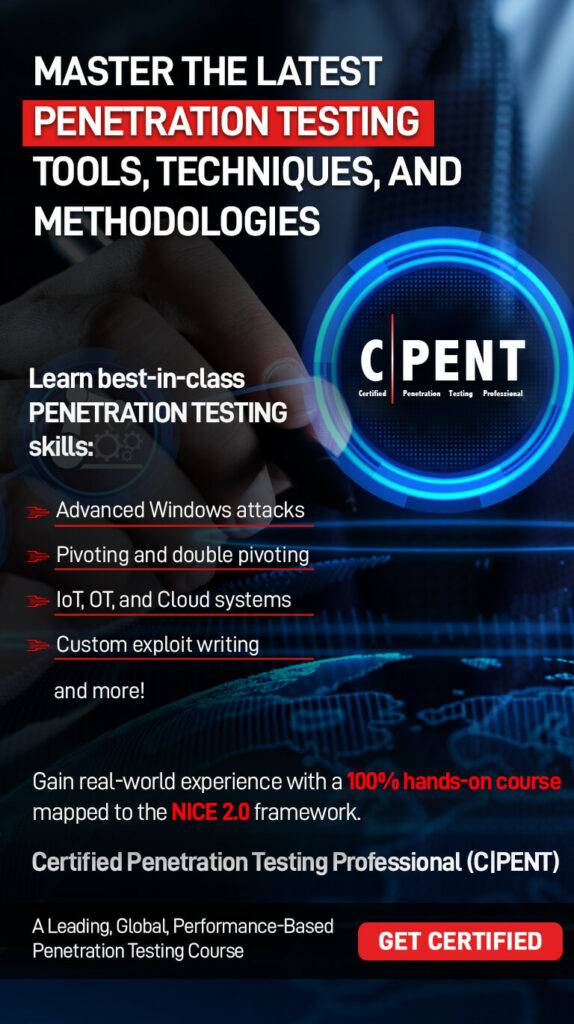What is Privilege Escalation?
Privilege escalation is a cyberattack technique where an attacker gains unauthorized access to higher privileges by leveraging security flaws, weaknesses, and vulnerabilities in an organization’s system. It is the attempt to elevate access permissions by exploiting bugs, system flaws, human behaviors, configuration oversights, or weak access controls. In most cases, the first penetration attack attempt is not enough to gain the required level of access to data. Attackers then resort to privilege escalations to gain deeper access to networks, assets, and sensitive information.
Privilege escalation attacks are performed to jeopardize business operations by exfiltrating data and creating backdoors. The goal of privilege escalations is to gain complete control over the system or network, with a malicious intent of security breaches, data theft, etc. Threat actors performing these attacks can be external hackers or insiders who start by carrying out a social engineering attack like phishing to gain access to computer networks and systems through credential theft.
As privilege escalation attacks can impact business reputation and continuity, strategic measures should be implemented for prevention, early detection, and mitigation.
Types of Privilege Escalations
There are two types of privilege escalations are mentioned below.
- Vertical privilege escalation
- Horizontal privilege Escalation
Vertical privilege escalation, or privilege elevation attack, is hacking into a system to gain elevated privilege access beyond what the attacker already has.
Horizontal privilege escalation or account takeover is gaining access to the rights of lower-level accounts with similar privileges, mainly performed to increase the attacker’s sphere of access.
Vertical vs. Horizontal Privilege Escalation
Often confused, vertical and horizontal privilege escalations refer to different methods of obtaining higher privileges within a system or a network. Horizontal privilege escalation means obtaining access to the same level of privileges as a user. In contrast, vertical privilege escalation refers to obtaining a higher level of privileges than the user.
In case of a horizontal privilege escalation, a low-level employee with access to sensitive data may use that access to gain the same privileges as a higher-level employee, such as a manager. This enables the attacker to perform actions with the same level of authority as the compromised employee.
On the other hand, vertical privilege escalation refers to the process of gaining higher privileges than the user currently has. For example, a low-level employee may exploit a vulnerability in the system to gain administrative privileges, thus obtaining the ability to perform actions with a much higher level of authority.
Common Types of Privilege Escalation Techniques or Methods
There are various types of privilege escalation techniques that attackers can use to compromise a system. Some of them are discussed below.
- Social engineering-
In this technique, an attacker tricks a user into giving away their credentials or performing actions that grant the attacker elevated privileges. This can include phishing attacks, where an attacker sends an email posing as a trusted entity to trick the recipient into giving away their credentials, thereby giving the attacker access to the system. - Pass-the-Hash/Rainbow table attacks- Another technique is the pass-the-hash (PtH) attack, which aims at impersonating a user by using a stolen password hash to create a new session on the same network. To defend against this attack, modern systems must employ robust password management solutions to keep the hash unique between two sessions.
- Vulnerabilities and exploits- Exploiting vulnerabilities in software and operating systems is another popular method of privilege escalation. Here, attackers exploit unpatched software vulnerabilities, buffer overflow issues, or other backdoors to gain privilege escalation.
- Misconfigurations- In this attack, the attacker takes advantage of misconfigured systems to escalate their privileges. This can include weak passwords, unsecured network services, open ports, authentic failures, and other misconfigured systems.
- Kernal exploits- In this technique, the attacker exploits zero-day vulnerabilities in the operating system kernel to escalate their privileges. This poses a serious threat as the kernel gets complete control over the system and can bypass security measures.
Best Practices to Prevent Privilege Escalation Attacks
Privilege escalation attacks can have severe consequences, including theft of sensitive information, disruption of operations, and reputational damage. By implementing strong passwords, restricting access, regularly updating systems, monitoring activity, and having a clear response plan, organizations can reduce their risk of falling victim to privilege escalation attacks. Below are some best practices that must be adopted to prevent and mitigate such attacks:
- Principle of least privilege- This measure is required to limit access to sensitive systems, applications, and data to only those who need it.
- Patch and update software regularly- Keeping all systems, software, and applications up to date with the latest security patches is essential in fixing known vulnerabilities.
- Vulnerability scanning- Attackers find it harder to enter the network when all the IT infrastructure’s components are routinely scanned for weaknesses. Before potential attackers can take advantage of them, vulnerability scans identify misconfigurations, undocumented system changes, unpatched or unsecured OSes and programs, and other problems.
- Implement strong passwords- Encourage users to use strong and unique passwords that are more challenging to guess or crack.
- Security awareness training- Conducting security awareness training is essential to prevent people in organizations from unintentionally assisting a privilege escalation attack by opening malicious links and attachments. It is also essential to emphasize the hazards and perils of sharing accounts and passwords.
- Incident response plan- It is imperative to have a clear incident response plan that outlines the steps to swiftly respond to detected incidents and prevent further exploitation.
Examples of Privilege Escalation Attacks
There are some common examples of hacking are discussed below along with the explanation.
- Windows Sticky keys
- Windows Sysinternals
- Process Injection
- Linux Password User Enumeration
- Android Metasploit
- Windows Sticky keys– The ‘sticky key’ attack is the most common and fairly easy way of performing a privilege escalation attack. It does not require high technical skill sets. Attackers must have physical access to the system and should be able to boot it from a repair disk. By pressing the Shift key five times, an attacker can gain access to the Command Prompt with administrator privileges, allowing them to execute malicious code.
- Windows Sysinternals– The Windows Sysinternals tool suite is another common method to conduct a privilege escalation attack. In this case, an attacker first performs a ‘sticky key’ attack to gain a backdoor into the system and then executes “psexec.exe -s cmd” to gain administrator privileges.
- Process Injection– This privilege escalation attack targets weak processes. This process involves injecting malicious codes into running processes to elevate the privileges of that process.
- Linux Password User Enumeration– This is another prevalent privilege escalation method where the attacker can use tools to enumerate valid usernames on a target system. Attackers first identify target accounts on a Linux system to carry out this attack by gaining access to the system’s shell. This is mostly performed by exploiting misconfigured FTP servers.
- Android Metasploit– Android Metasploit refers to using the Metasploit framework to exploit vulnerabilities in Android devices. The Metasploit framework is a popular hacking tool used by attackers that contains a library of known exploits. Attackers can leverage these exploits to perform privilege escalation attacks against rooted android devices.
Tools to Protect Your Systems from Privilege Escalation
The use of UEBA, password security tools, and vulnerability scanners can prevent privilege escalation attacks to a large extent. By monitoring user behavior, securing passwords, and identifying vulnerabilities, organizations can reduce their risk of being compromised by a privilege escalation attack.
- UEBA (User and Entity Behavior Analytics)– UEBA is a security tool that uses machine learning to analyze user behavior and detect anomalous activity. This tool can identify changes in access patterns, attempts to access sensitive information, or escalate privileges. The Exabeam Security Management Platform and the Cynet 360 Platform, powered by UEBA, analyze abnormal account and user behaviors and provide comprehensive solutions to offer organizations real-time visibility into the security landscape.
- Password security tools– One of the most common privileges escalations methods is cracking or guessing passwords. Password Auditor and Password Manager Pro are popular password security tools that offer a comprehensive password management solution and help individuals and businesses save and store their passwords securely. They also make the task of remembering complex passwords easy and encourage the use of unique and strong passwords for different accounts.
- Vulnerability scanners– Vulnerability scanners are automated tools that scan a system, network, or application for vulnerabilities and misconfigurations that could be exploited for privilege escalations. Using vulnerability scanners will help organizations identify weaknesses, find coding bugs and get remediation guidance to mitigate security flaws before they are exploited. Invicti and Acunetix are two of the popular vulnerability scanners that can be used to detect security vulnerabilities.
- Privileged Access Management (PAM) software solutions- PAM software solutions mitigate privileged access risks. PAM solutions protect organizations against privilege escalation attacks by identifying, monitoring, and detecting unauthorized access to sensitive information. JumpCloud, Ping Identity, and Foxpass are popular PAM solutions.
Privilege escalations can be a major security concern as they allow attackers to control the system and access sensitive information. While the use of these tools helps in the early detection and mitigation of privilege escalation attacks, it is important to note that these tools should be used as a part of a comprehensive security strategy and not relied upon as a sole solution.











